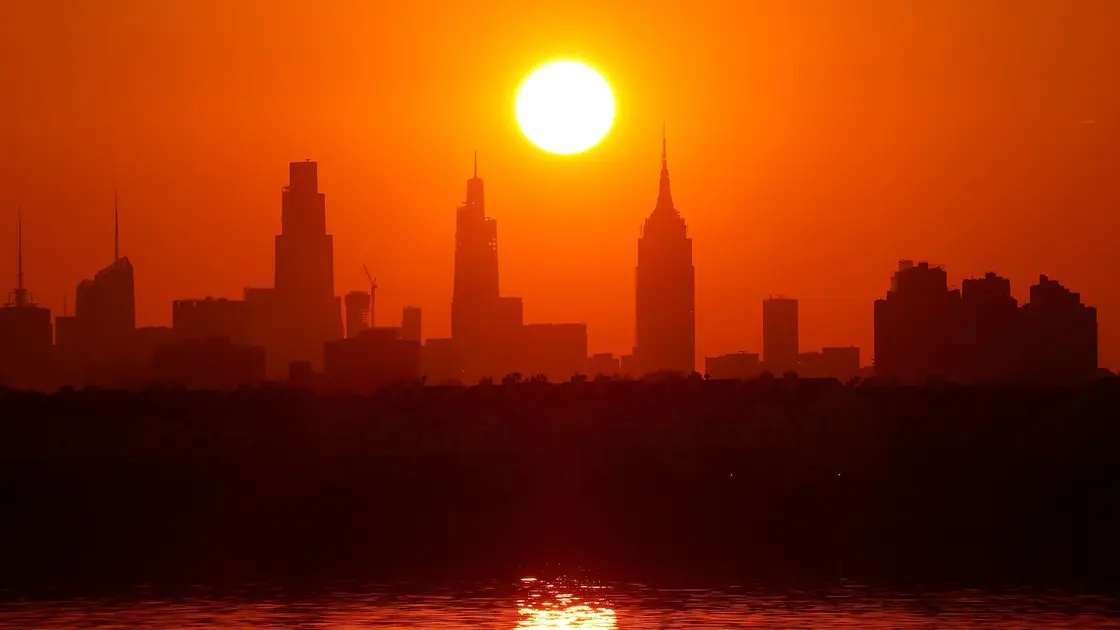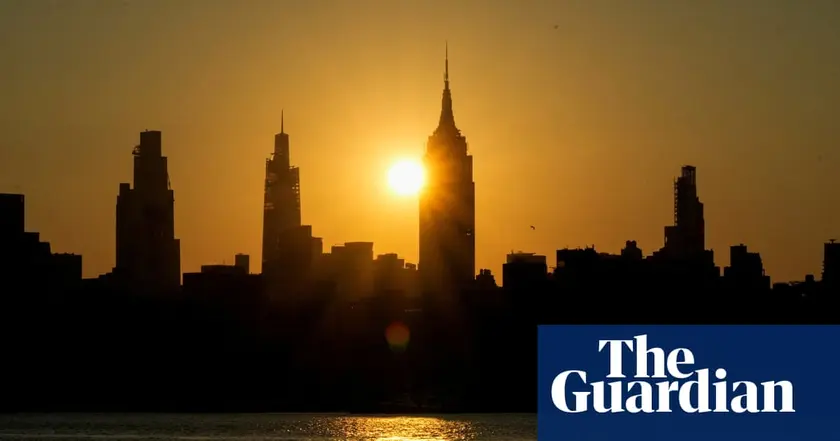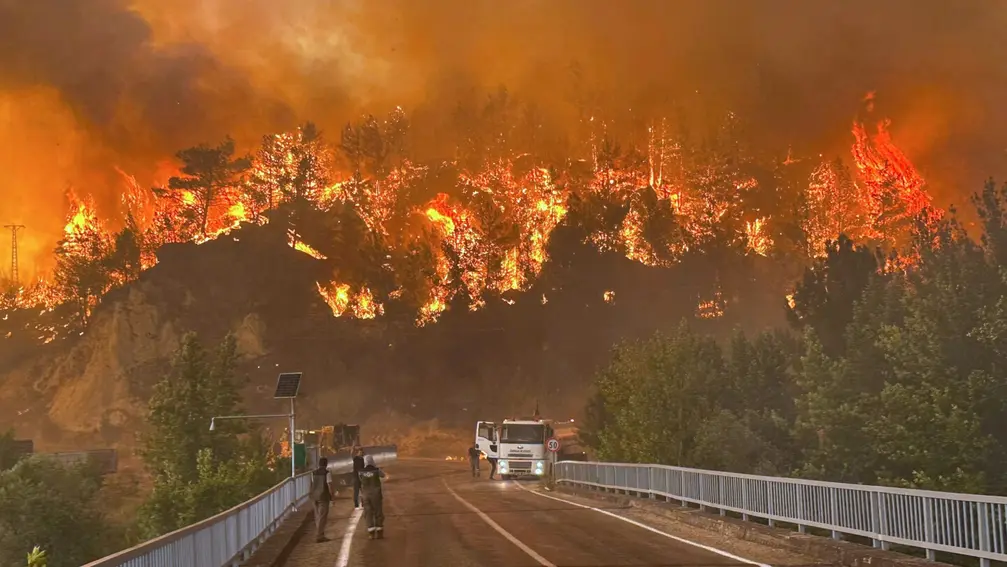T4K3.news
Record muggy heat hits the eastern United States
Record humidity grips the eastern U.S. as dew points stay high; impacts on health, energy use, and daily life continue.

An AP data analysis shows record humidity across the eastern United States this summer driven by climate change.
Record muggy heat hits the eastern United States
More than 70 million Americans have endured the muggiest start to summer on record as dew points persist above 65 degrees in large swaths of the eastern United States. In June and July, 27 states and Washington, D.C., logged record days with uncomfortable humidity, according to an Associated Press analysis of Copernicus Climate Service data. City-level tallies show Philadelphia with 29 days of dew points at or above 75 degrees, while Washington had 27 and Baltimore 24. Meteorologists note this is not just a higher daytime heat wave but a sustained stretch of sticky nights, which keeps overnight temperatures elevated and slows cooling.
Experts say the trend reflects a long-running shift linked to climate change from burning coal, oil, and gas. The eastern region now averages dew points around 66 degrees for June and July, higher than any year since measurements began in 1950. A number of days have dew points in the 70s, and scientists say the sticky pattern is spreading north. The pattern has been reinforced by persistent high pressure and unusually wet weather, with August bringing some relief but not a full end to the muggy days.
Key Takeaways
"This is showing a massive increase over a relatively short period."
Cameron Lee, climate scientist at Kent State University
"The humid heat has been way up."
Bernadette Woods Placky, Climate Central
"What really impacts the body is that nighttime temperature."
Zack Taylor, forecast operations chief at the NWS Weather Prediction Center
"Summers now are not your grandparents' summers."
Marshall Shepherd, University of Georgia
These humidity increases change everyday life. High humidity means more energy use for cooling, stressed power grids, and sleep disruption for people in crowded housing or without air conditioning. Health officials warn that long nights of heat can aggravate heart and lung conditions, especially for the elderly and children. The trend also challenges public infrastructure, from schools to transit systems, that were not designed for this level of moisture and heat. The data shows a clear signal: climate change is rewriting the map of comfortable seasons in the United States and demanding new kinds of adaptation.
Highlights
- Humidity is the new heat in the East
- Nighttime cooling matters more than daytime heat
- A new climate reality is arriving early
- Heat waves are longer and stickier than before
Climate related humidity rise may spark policy debate
The AP analysis links rising humidity to climate change and could influence budgetary decisions, energy policy, and public reactions, highlighting political sensitivity around climate action and investment in resilience.
Communities will need proactive heat plans and resilient energy networks.
Enjoyed this? Let your friends know!
Related News

Over 120 million Americans facing extreme heat warnings

Ukraine conducts drone strikes on Russian energy sites

Canadian military on alert due to wildfires

Greece prepares for unprecedented heatwave

US heat dome brings extreme conditions

Midwest Floods Prompt Warnings and Cancellations

Mild earthquake shakes New York area

Southern Europe Endures Heatwave
